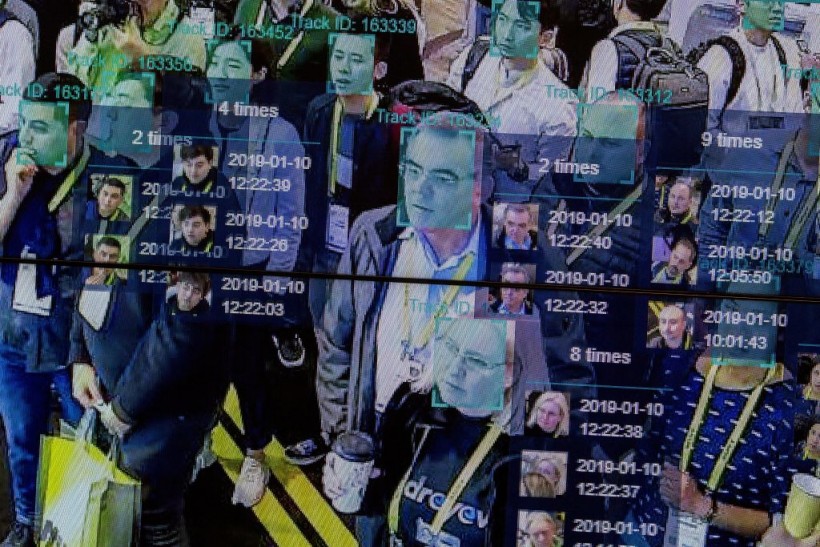A new study suggests that the Chinese government has increasingly utilized AI facial recognition technology to suppress dissent.
According to MIT News, the study co-led by a Massachusetts Institute of Technology (MIT) professor revealed that regions with higher levels of unrest in China correspond to greater government procurement of facial recognition AI, particularly by local government units such as municipal police departments.

TOPSHOT - A live demonstration uses artificial intelligence and facial recognition in dense crowd spatial-temporal technology at the Horizon Robotics exhibit at the Las Vegas Convention Center during CES 2019 in Las Vegas on January 10, 2019.
Rise of 'AI-tocracy' in China
The study's co-author Martin Beraja, an economist at MIT, explained that the deployment of AI-driven technology to quell dissent had created an "AI-tocracy," a cycle in which the government invests in AI for political control while also boosting the country's innovation capacity.
The study drew on evidence from the Global Database of Events, Language, and Tone (GDELT) Project to identify instances of political unrest in China from 2014 to 2020.
Additionally, the researchers analyzed procurement contracts issued by the Chinese government between 2013 and 2019, finding a significant increase in the procurement of facial recognition AI services and high-resolution video cameras following episodes of public unrest.
Although the study cannot directly measure the technology's effect on political unrest, the researchers believe that the deployment of facial recognition technology has been effective in suppressing dissent.
The study examined the relationship between weather conditions and political unrest in different regions of China, noting that prefectures with heavy investments in facial recognition technology were less prone to unrest during conducive weather conditions compared to regions with less investment.
Driving Advancements
The study also indicated that the Chinese government's increased use of facial recognition tools has driven advancements in the country's tech sector.
Firms that secured procurement contracts for facial recognition technologies produced about 49% more software products in two years after the contract than before.
This suggests that the government's use of facial recognition technology has stimulated innovation in AI firms specializing in facial recognition.
The findings shed light on the ways in which autocratic governments can leverage technological advancements to enhance their political power rather than being threatened by them.
While this study does not contradict previous research on the positive relationship between democratic institutions and economic growth, it highlights how authoritarian regimes can utilize AI technologies for repression while promoting economic development.
"This is an excellent and important paper that improves our understanding of the interaction between technology, economic success, and political power," Avi Goldfarb, the Rotman Chair in Artificial Intelligence and Healthcare and a professor of marketing at the Rotman School of Management at the University of Toronto, said in a statement.
"The paper documents a positive feedback loop between the use of AI facial-recognition technology to monitor suppress local unrest in China and the development and training of AI models. This paper is pioneering research in AI and political economy. As AI diffuses, I expect this research area to grow in importance," Goldfarb added.
Related Article: How MIT's Space Bubbles Project Can Protect Earth From Solar Radiation! Other Top Global Warming Solutions










